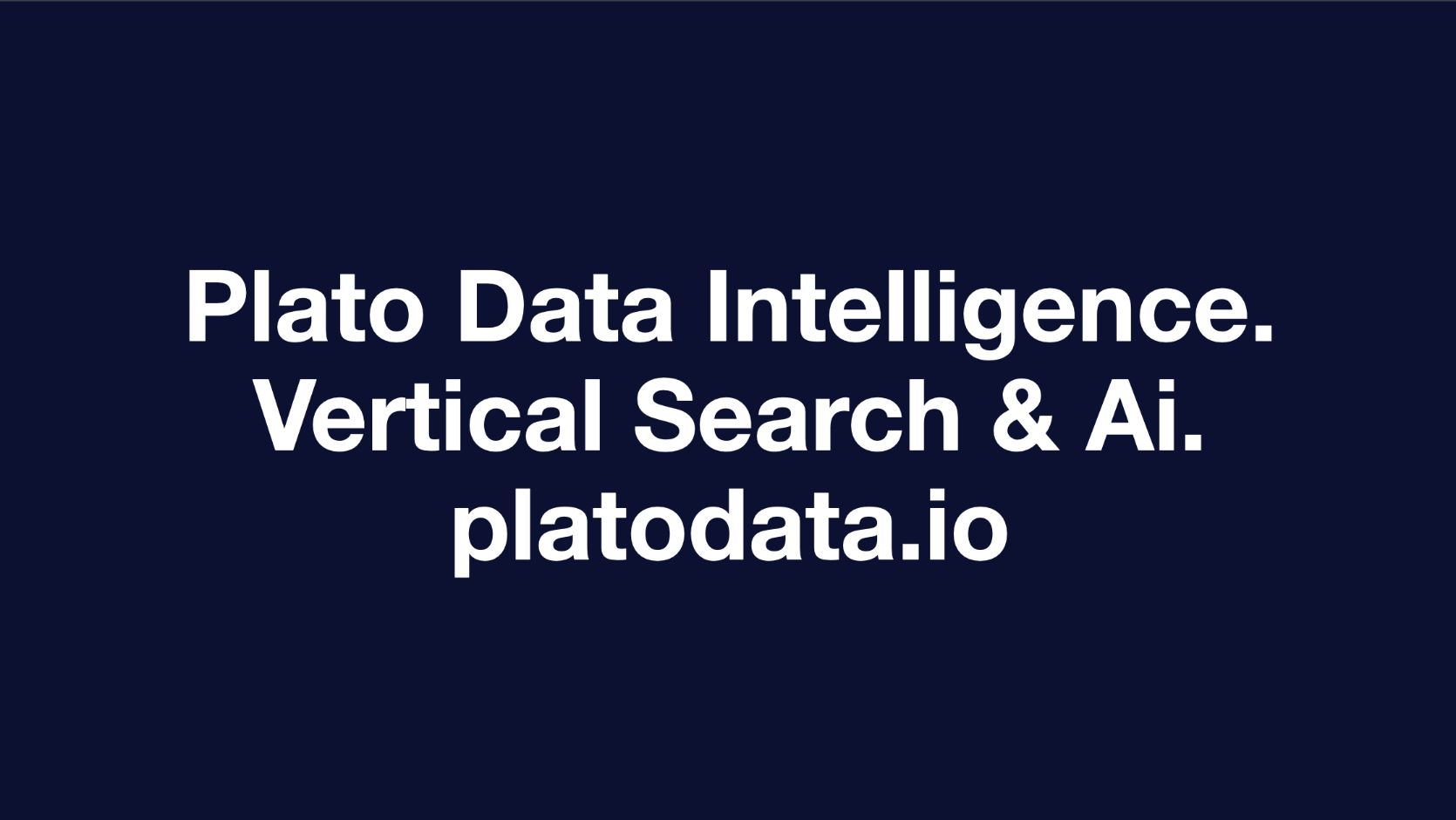In recent years, there has been a growing recognition of the importance of intersectionality in addressing social issues. Intersectionality refers to the interconnected nature of social categories such as race, gender, class, and sexuality, and how they interact to shape experiences of oppression and privilege. This understanding has led to a call for intersectional approaches in both corporate and nonprofit settings.
Intersectionality in Corporations
Corporations have a significant impact on society, and their actions can either perpetuate or challenge systems of oppression. An intersectional approach in corporations involves recognizing the ways in which different social categories intersect and impact employees, customers, and stakeholders.
One way that corporations can adopt an intersectional approach is by conducting diversity and inclusion training that goes beyond surface-level diversity. This training should address the ways in which different social categories intersect and how they impact individuals’ experiences within the workplace. For example, a Black woman may face different challenges than a white woman or a Black man due to the intersection of race and gender.
Another way that corporations can adopt an intersectional approach is by examining their policies and practices through an intersectional lens. This involves considering how different social categories may impact access to opportunities, resources, and benefits. For example, a policy that requires employees to work long hours may disproportionately impact single parents or individuals with disabilities.
Intersectionality in Nonprofits
Nonprofits also have a significant impact on society, particularly in addressing social issues. An intersectional approach in nonprofits involves recognizing the ways in which different social categories intersect and impact the communities they serve.
One way that nonprofits can adopt an intersectional approach is by conducting community needs assessments that take into account the ways in which different social categories intersect. For example, a needs assessment for a community with a high population of low-income single mothers should consider the ways in which race, gender, and socioeconomic status intersect to impact their experiences.
Another way that nonprofits can adopt an intersectional approach is by examining their programs and services through an intersectional lens. This involves considering how different social categories may impact access to and effectiveness of services. For example, a program that provides job training may need to consider the ways in which race, gender, and class intersect to impact individuals’ access to job opportunities.
Challenges and Benefits of Intersectional Approaches
Adopting an intersectional approach can be challenging for both corporations and nonprofits. It requires a deep understanding of the ways in which different social categories intersect and how they impact individuals’ experiences. It also requires a commitment to addressing systemic issues of oppression and privilege.
However, there are also significant benefits to adopting an intersectional approach. It can lead to more effective policies, programs, and services that address the needs of diverse communities. It can also lead to a more inclusive workplace or community that values and respects the experiences of all individuals.
Conclusion
In conclusion, exploring intersectional approaches for corporations and nonprofits is essential in addressing social issues and creating more equitable communities. Adopting an intersectional approach involves recognizing the ways in which different social categories intersect and impact individuals’ experiences. While it can be challenging, there are significant benefits to adopting an intersectional approach that can lead to more effective and inclusive policies, programs, and services.
- SEO Powered Content & PR Distribution. Get Amplified Today.
- PlatoAiStream. Web3 Intelligence. Knowledge Amplified. Access Here.
- BlockOffsets. Modernizing Environmental Offset Ownership. Access Here.
- Minting the Future w Adryenn Ashley. Access Here.
- Source: Plato Data Intelligence: PlatoData

